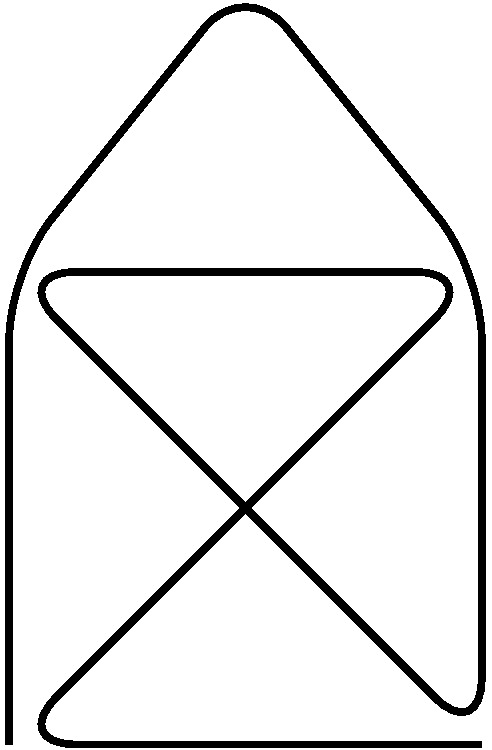Basics Examples
Process enumerate
Whithout pandoc
will produce
With nested enumerate:
whith pandoc
Tip
You can let pandoc handle the enumerate environnements whith the flag --pandoc-enumerate
Example
With:
-
Resolve \(x^2=4\)
-
Resolve \(x^2=-2\)
-
Let \(f: x \mapsto \ln(x)-x\)
-
Calculate \(f'(x)\)
-
Calculate \(\displaystyle\lim_{x\to +\infty}f(x)\)
-
-
Sketch the graph
Include pictures
\documentclass{article}
\usepackage{graphicx}
\begin{document}
The universe is immense and it seems to be homogeneous,
in a large scale, everywhere we look at.
\includegraphics{universe.png}
There's a picture of a galaxy above
\end{document}
The universe is immense and it seems to be homogeneous, in a large
scale, everywhere we look at.

There's a picture of a galaxy above
Working with TikZ or PsTricks
In sample-tikz.tex:
\documentclass{article}
\usepackage{tikz}
\begin{document}
\begin{tikzpicture}
\draw[thick,rounded corners=8pt] (0,0) -- (0,2) -- (1,3.25)
-- (2,2) -- (2,0) -- (0,2) -- (2,2) -- (0,0) -- (2,0);
\end{tikzpicture}
\end{document}
will produce sample-tikz.md and sample-tikz-0.jpg

Admonitions
sample_theorem.tex
\documentclass{article}
\usepackage{amsthm}
\newtheorem{theorem}{Theorem}
\begin{document}
Theorems can easily be defined:
\begin{theorem}
Let \(f\) be a function whose derivative exists in every point, then \(f\)
is a continuous function.
\end{theorem}
\end{document}
By default, when Pandoc don't recognize a LaTeX bloc, he produce:
Mkdocs admonitions
When the flag --mkdocs is set to true:
Theorems can easily be defined:
Theorem
Let \(f\) be a function whose derivative exists in every point, then \(f\) is a continuous function.
Docusaurus admonitions
When the flag --docusaurus is set to true: